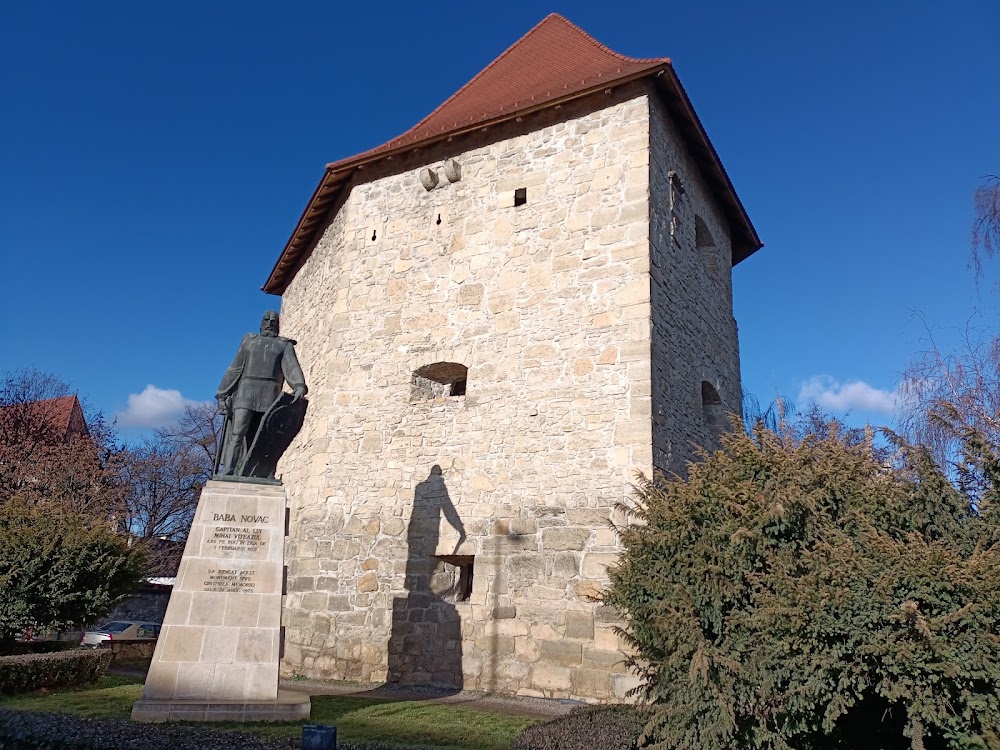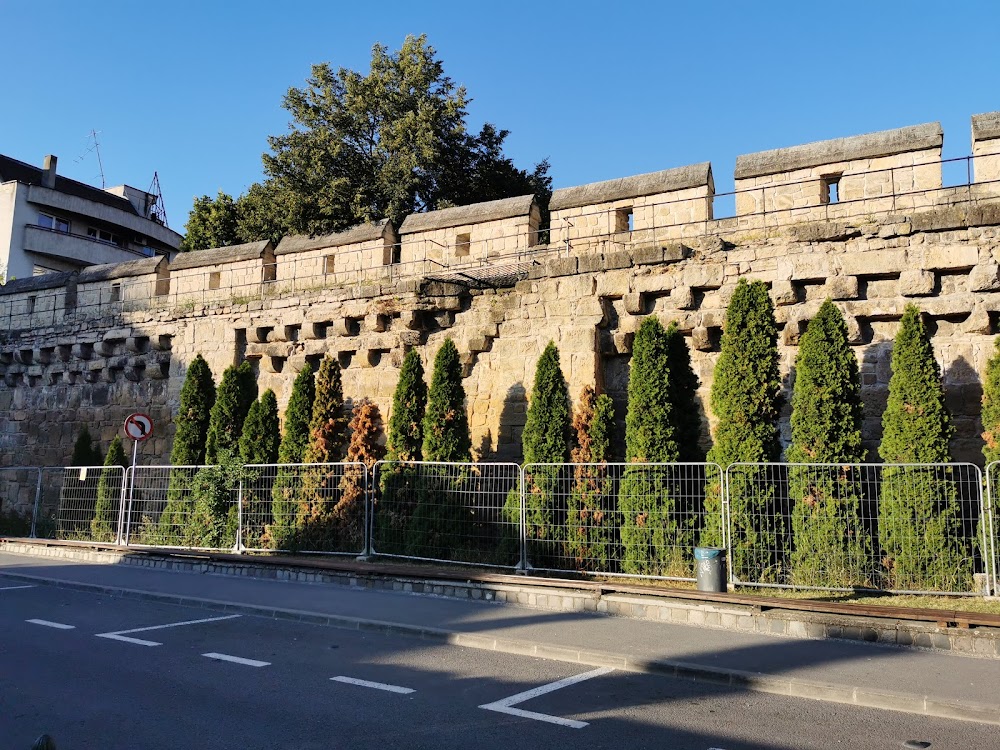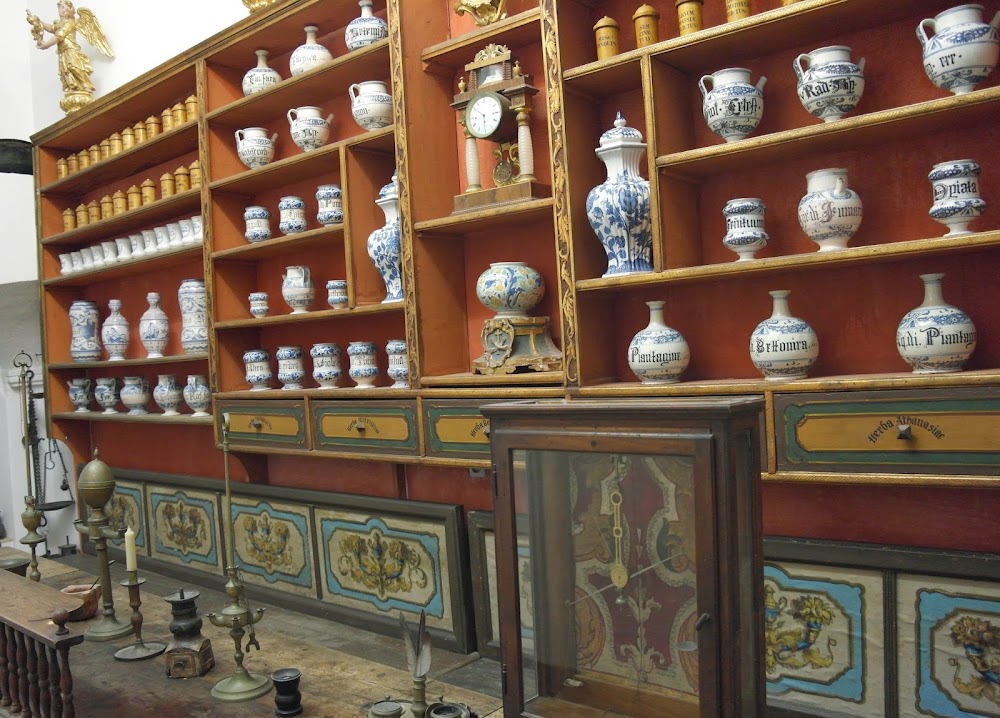Cluj-Napoca Tailors' Tower (Turnul Croitorilor)
Overview
Turnul Croitorilor: A Historic Gem in Cluj-Napoca
Turnul Croitorilor, or the Tailors' Tower, stands as a remarkable symbol of Cluj-Napoca's rich history and medieval architecture. Situated in Cluj County, Romania, this iconic landmark dates back to the 15th century and played a vital role in the city's defensive system, showcasing the ingenuity of its time.
Construction and Purpose
The construction of Turnul Croitorilor began around 1475 as part of Cluj-Napoca's second fortification belt, a strategic initiative aimed at protecting the city from invasions. Given its status as a thriving commercial hub, ensuring the safety of its citizens and merchants was imperative.
The Guild of Tailors
The tower derives its name from the local guild of tailors, responsible for its upkeep and defense. During medieval times, guilds were fundamental to the social and economic fabric of cities, and in Cluj-Napoca, the tailors' guild took on the critical task of guarding this essential part of the city’s walls. Constructed with sturdy brick and stone, the tower was designed to withstand sieges, reflecting the community's commitment to protection.
Architectural Marvel
Architecturally, the Tailors' Tower is a stunning example of Gothic military design. Its hexagonal structure features both a robust base and upper floors tailored for defense and offense. This unique shape allowed defenders to maintain a wide field of vision and effective firing angles against potential attackers. Narrow slits in the walls served as loopholes for archers and later musketeers, who could defend the city while remaining shielded from incoming fire.
Historical Significance
Over the centuries, Turnul Croitorilor has witnessed numerous significant events. One notable episode occurred in 1601, when the tower sustained damage from an attack by Giorgio Basta's troops. The swift repairs that followed underscored the community’s determination to preserve this vital defensive structure.
Survival Through Modernization
As Cluj-Napoca modernized in the 19th century, many medieval fortifications were dismantled. However, Turnul Croitorilor survived, reflecting its historical and cultural importance to the city.
A Cultural Hub Today
Today, Turnul Croitorilor is much more than a remnant of the past; it serves as a vibrant cultural hub within modern Cluj-Napoca. Following careful restoration, the tower now hosts a variety of cultural events, exhibitions, and tours, providing an educational experience about the city's rich heritage. Visitors can explore its preserved interior, offering a glimpse into life in a fortified medieval city.
Conclusion
In summary, Turnul Croitorilor is an essential piece of Cluj-Napoca's historical tapestry. Built by the tailors' guild, this medieval fortification stands as a testament to the city’s resilience and cultural significance. Thanks to dedicated preservation efforts, it continues to bridge the past with the present, captivating residents and tourists alike.







